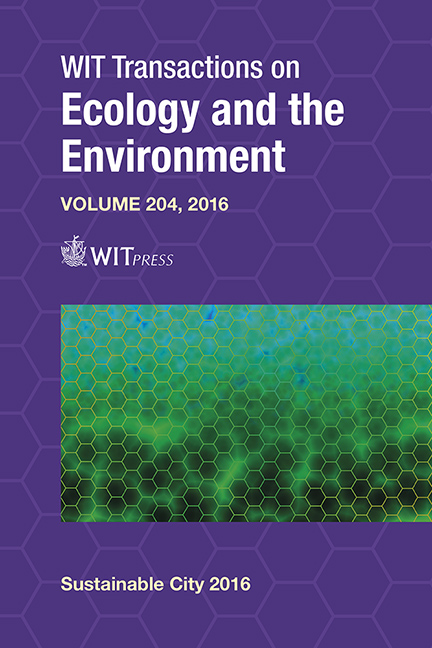Developing A Methodological Approach For Interpreting And Predicting Pedestrian Movement In A Public Space For Sustainable Urban Planning
Price
Free (open access)
Transaction
Volume
204
Pages
10
Page Range
239 - 248
Published
2016
Size
1,389 kb
Paper DOI
10.2495/SC160201
Copyright
WIT Press
Author(s)
K. Monokrousou, M. Giannopoulou
Abstract
Improving quality and standards of living of the urban environment has always been a challenge for urban planners. The modern perception of urban planning is directed towards promoting pedestrian movement in the urban space. Thus, understanding how this is generated and functions in relation to the urban layouts as well as predicting the effects of pedestrian movement with regards to the location of the various land uses are key elements for sustainable urban planning. This paper intends to interpret the characteristics of open urban space to create, through more holistic approaches, a methodological framework for decision-making analysis towards sustainable urban planning. In a first approximation, this framework consists of space syntax theory that can effectively study the configuration characteristics of urban space. A further step is to incorporate the role of land uses in the pedestrian movement patterns. Land uses tend to increase pedestrian flows in the local area beyond what their syntactic location and properties within the spatial system of the larger area may suggest. The purpose is to test a dynamic tool that can be used to formulate a sustainable urban strategy as well as propose solutions and interventions that improve the structure and quality of the urban system. The case of study is Athens Municipality.
Keywords
syntactic analysis, pedestrian movement, land use effect, sustainable urban planning





